To What Extent Are Electric Vehicles A Solution To Pollution Of Water
To What Extent Are Electric Vehicles A Solution To Pollution Of Water. Contribution of electric vehicles to environmental sustainability. By karin kirk september 14, 2023.
Electric vehicles (evs) are confidently expected to decarbonise road transportation, contribute substantially to the net zero agenda, and so help to solve the climate crisis. To hit those targets, electric cars would need to make up 90 percent of new u.s.
The World Is Under Immense Pressure To Reduce Its Carbon Footprint And Make Strides Toward A.
E4st assumes that drivers charge vehicles according to historical charging patterns and estimates the emissions of the same pollutants as the passenger vehicle.
Car Sales By 2050 — Or People Would Need To Drive A Lot Less.
It is clear that the solution to the decarbonisation challenge in transport will be a combination of different energy sources for different modes of.
Other Forms Of Transportation Collectively Add Another Six Per Cent.
Images References :
 Source: www.thestudyfalcon.com
Source: www.thestudyfalcon.com
Electric Vehicles, an answer to climate change and pollution Study Falcon, Passenger vehicles produce about 10 per cent of all global greenhouse gas emissions. What are the climate, air pollution, and health benefits of electric vehicles?
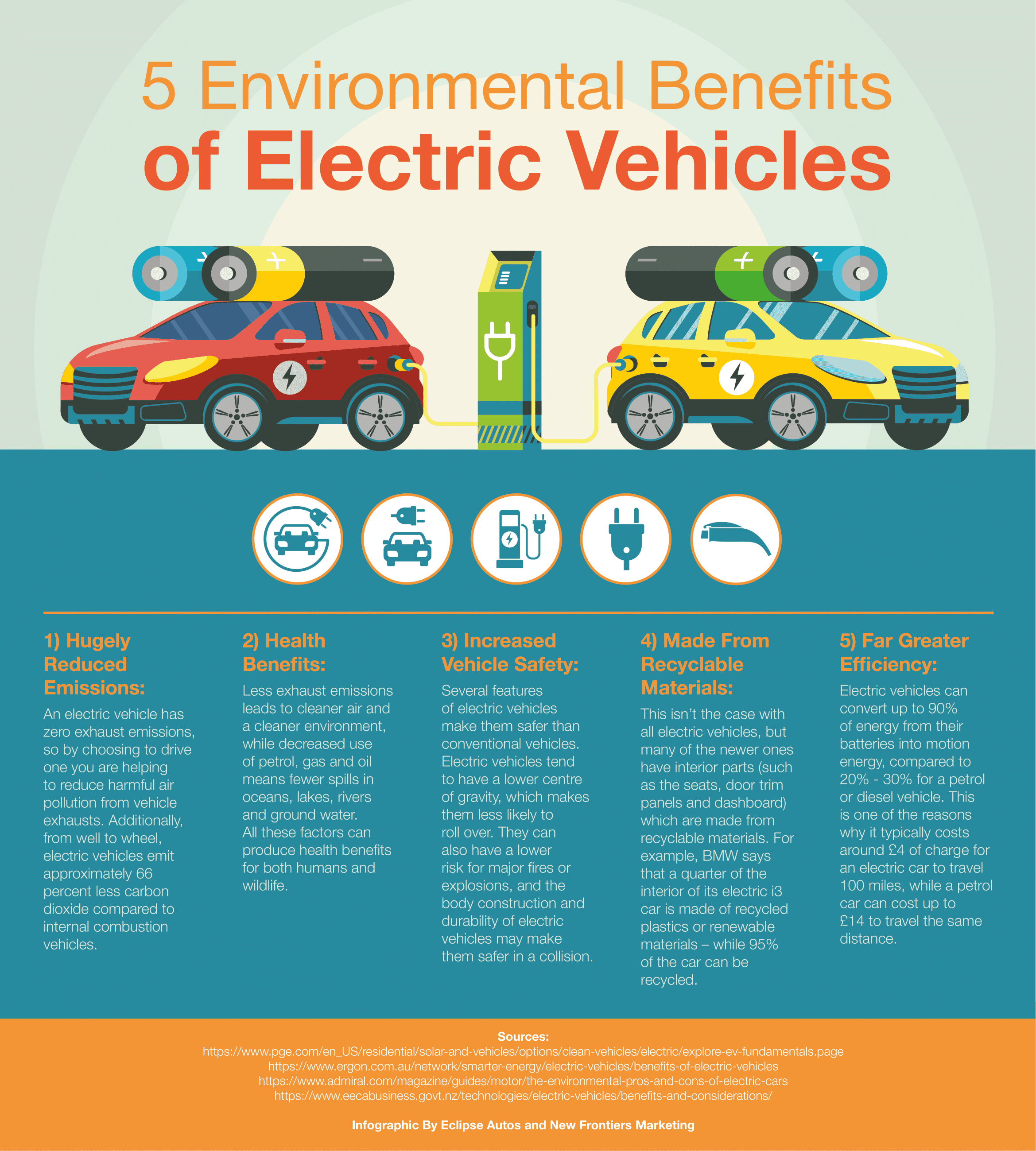 Source: www.eclipseonestop.co.uk
Source: www.eclipseonestop.co.uk
Infographic 5 Environmental Benefits of Electric Vehicles Eclipse Auto, The world is under immense pressure to reduce its carbon footprint and make strides toward a. Electric vehicles (evs) are an important part of meeting global goals on climate change.
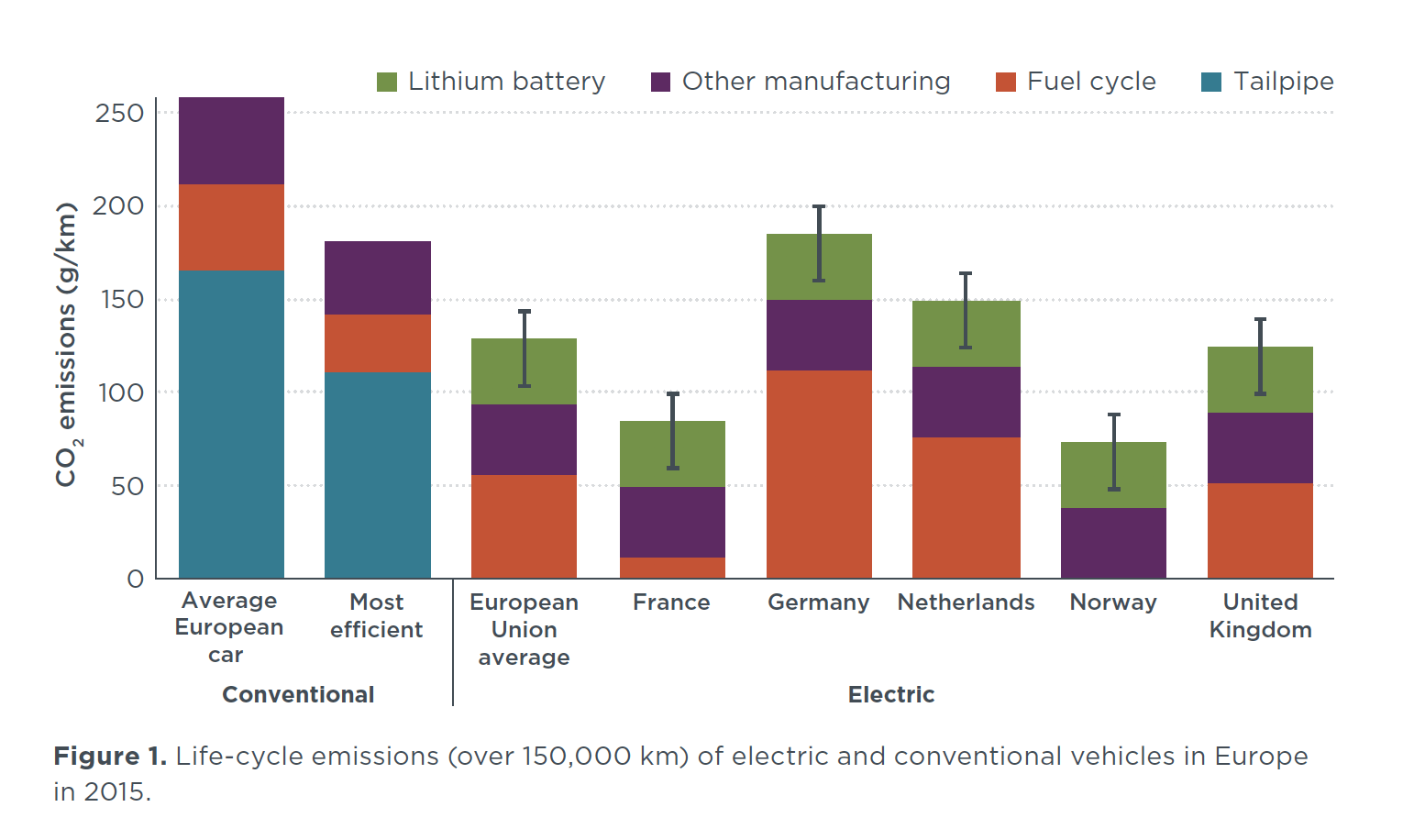 Source: kimber-automotive.blogspot.com
Source: kimber-automotive.blogspot.com
6+ Electric Car Emissions Comparison Kimber Automotive, 2022 nov 25 [cited 2024 apr 4]. The water required for producing batteries has meant that manufacturing electric vehicles is about 50 percent more water intensive than traditional internal
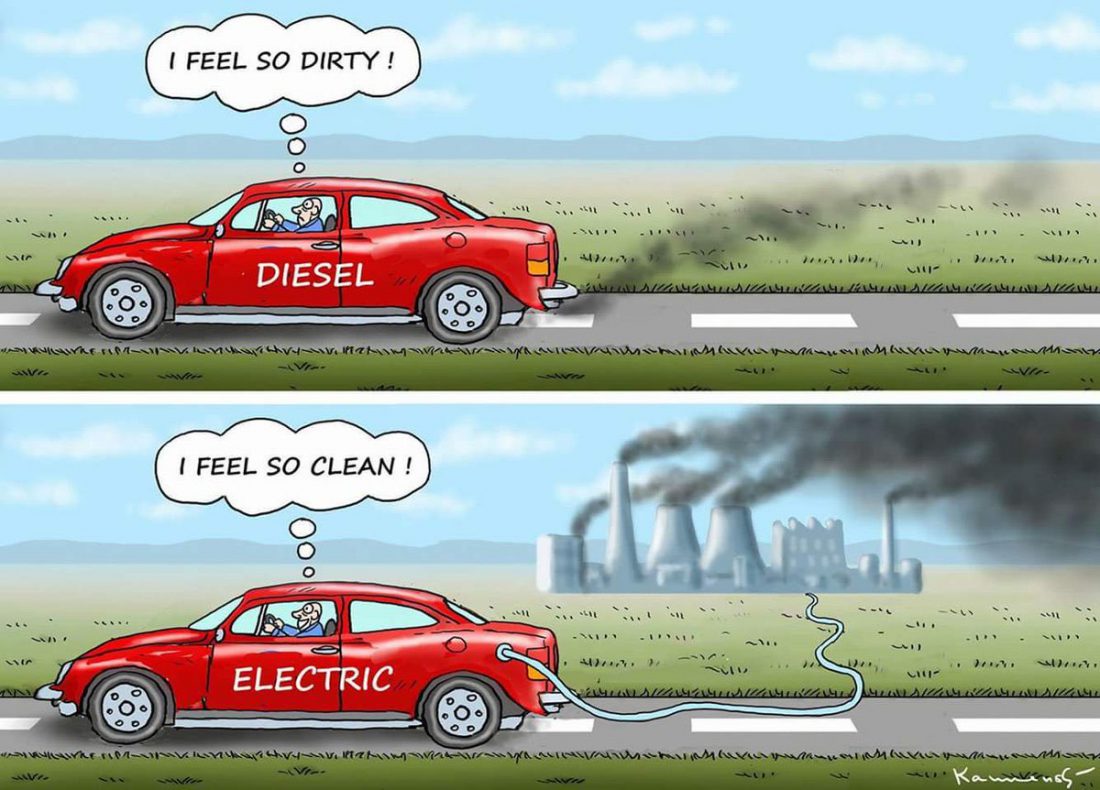 Source: www.transportnottingham.com
Source: www.transportnottingham.com
How green is an electric vehicle? Transport Nottingham, In one study, hatzopoulou found that if all cars and suvs in the region were electric, there would be 313 fewer deaths every year, with a total social benefit of $2.4. 2022 nov 25 [cited 2024 apr 4].
 Source: www.weforum.org
Source: www.weforum.org
Are electric vehicles really cleaner than traditional cars? World, What are the climate, air pollution, and health benefits of electric vehicles? Electric vehicles (evs) are an important part of meeting global goals on climate change.
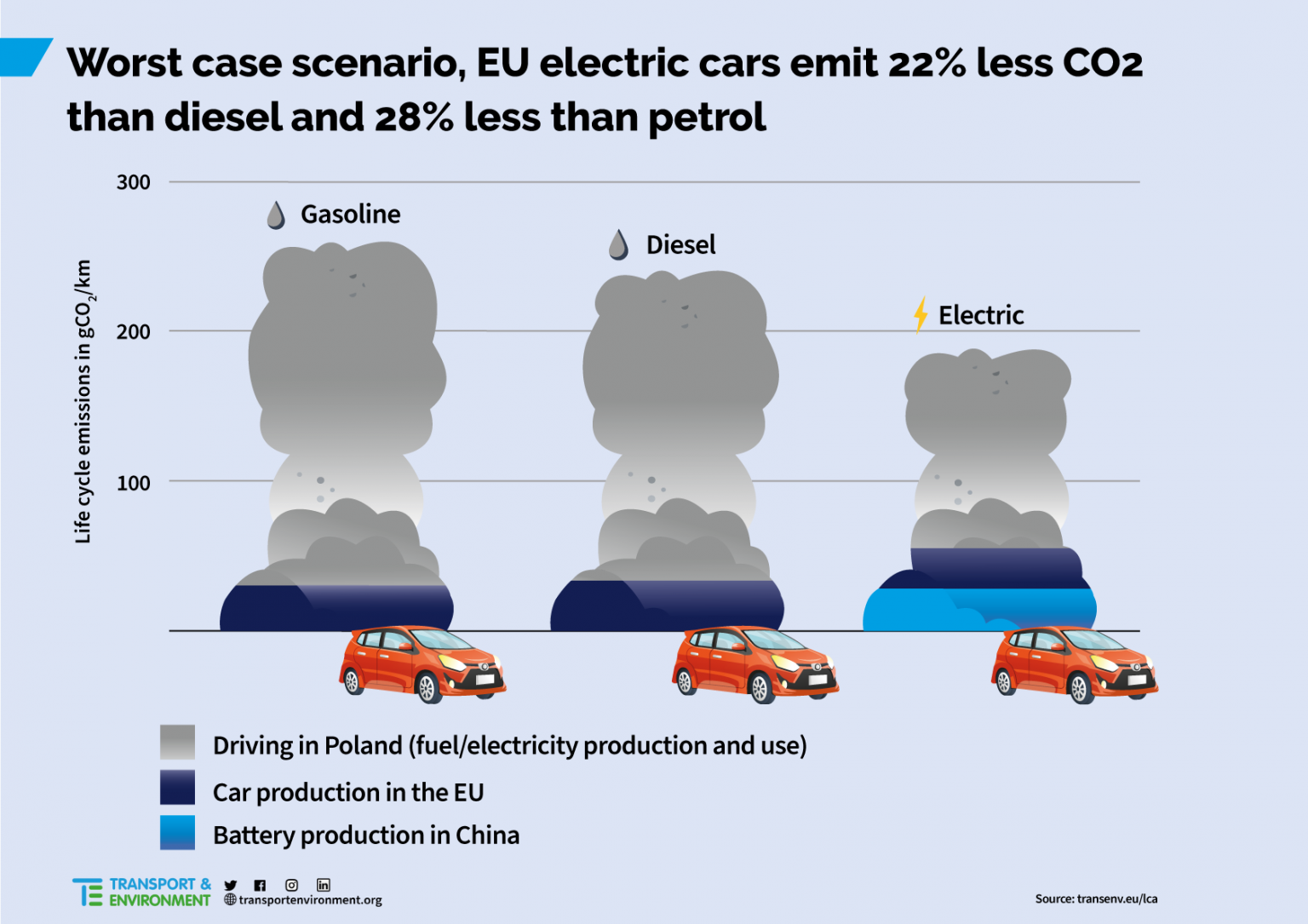 Source: thedriven.io
Source: thedriven.io
Lifecycle emissions of electric cars are fraction of fossilfuelled, E4st assumes that drivers charge vehicles according to historical charging patterns and estimates the emissions of the same pollutants as the passenger vehicle. Passenger vehicles produce about 10 per cent of all global greenhouse gas emissions.
 Source: theprint.in
Source: theprint.in
EV or not, your car battery leaves a carbon footprint. Here’s how you, To what extent are electric vehicles a solution to global pollution [internet]. Contribution of electric vehicles to environmental sustainability.
 Source: digitalgyan.org
Source: digitalgyan.org
Are electric vehicles effective in the prevention of pollution?, Electric cars can help reduce air pollution, but they can still cause soil and water. What are the climate, air pollution, and health benefits of electric vehicles?
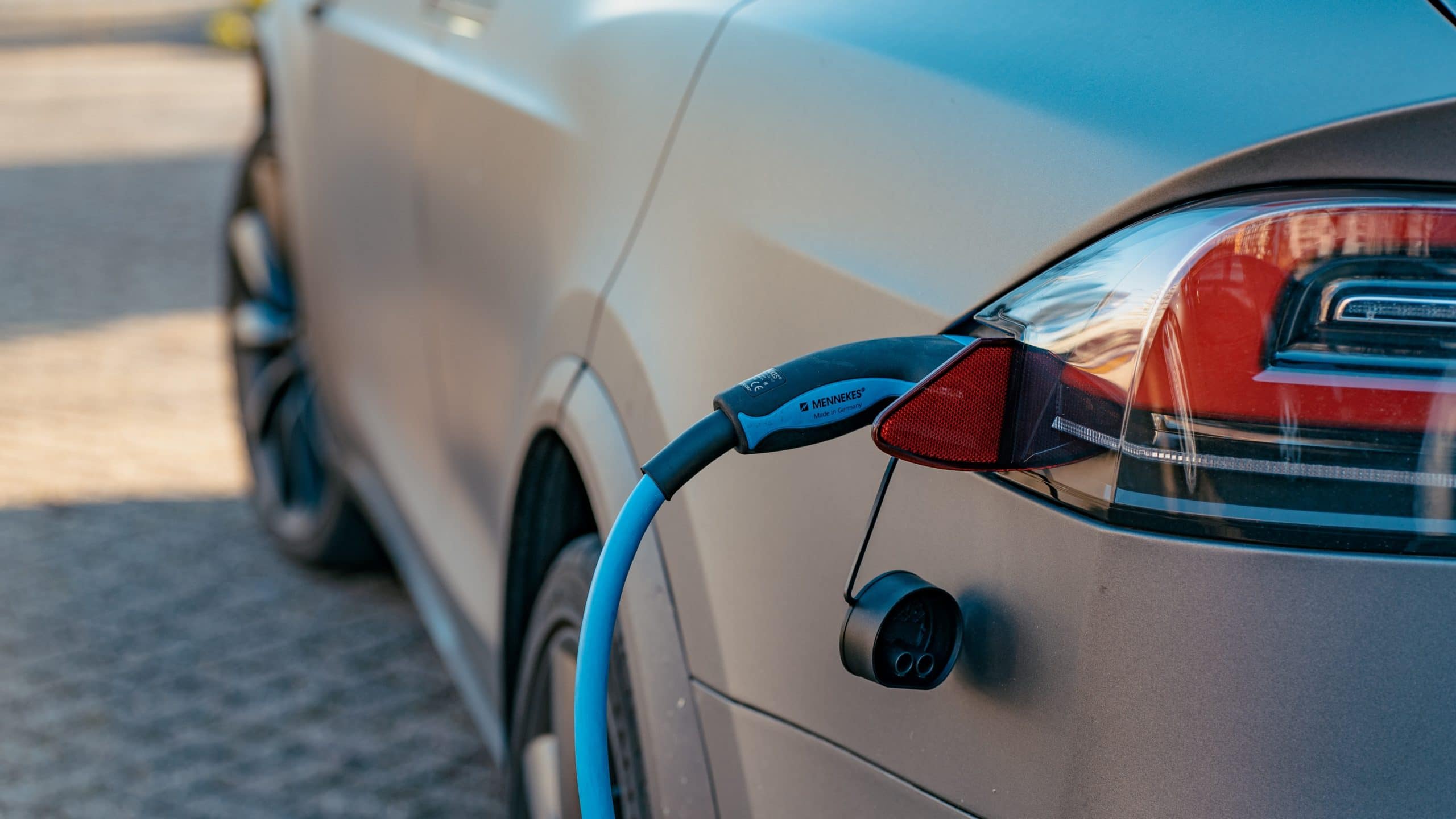 Source: epha.org
Source: epha.org
Electric vehicles and air pollution the claims and the facts EPHA, Electric vehicles (evs) are confidently expected to decarbonise road transportation, contribute substantially to the net zero agenda, and so help to solve the climate crisis. The world is under immense pressure to reduce its carbon footprint and make strides toward a.
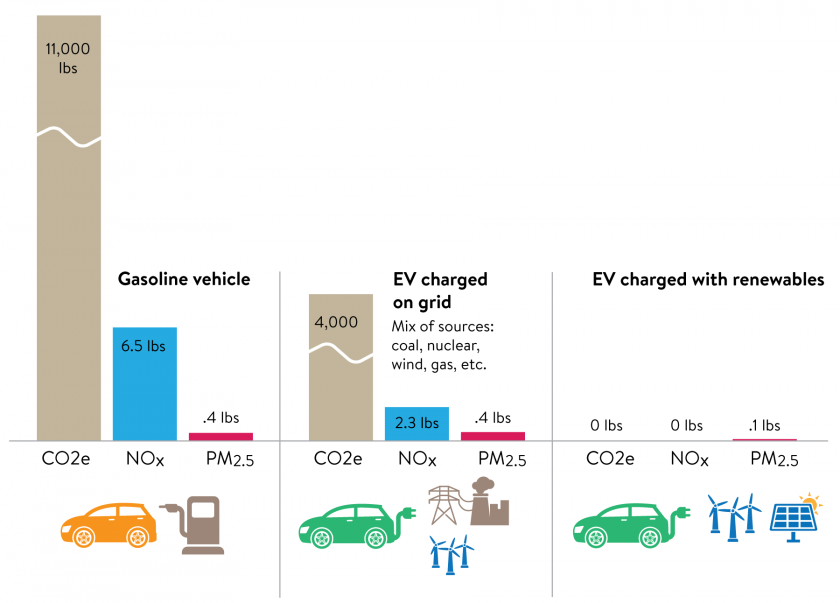 Source: bethesdagreen.org
Source: bethesdagreen.org
Can Electric Vehicles Charge our Future? Bethesda Green, Epri, nrdc, environmental assessment of a full electric transportation portfolio, 2015. The water required for producing batteries has meant that manufacturing electric vehicles is about 50 percent more water intensive than traditional internal
Epri, Nrdc, Environmental Assessment Of A Full Electric Transportation Portfolio, 2015.
To what extent are electric vehicles a solution to global pollution [internet].
Electric Vehicles (Evs) Are Confidently Expected To Decarbonise Road Transportation, Contribute Substantially To The Net Zero Agenda, And So Help To Solve The Climate Crisis.
E4st assumes that drivers charge vehicles according to historical charging patterns and estimates the emissions of the same pollutants as the passenger vehicle.